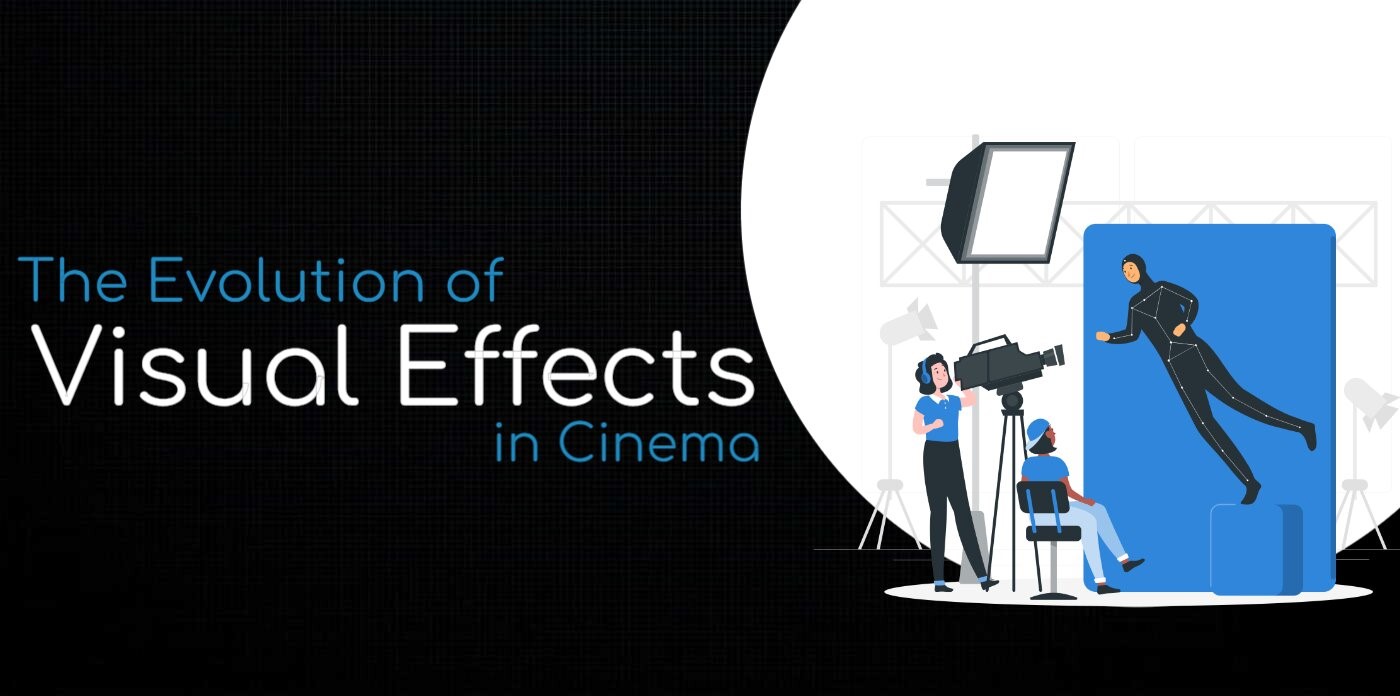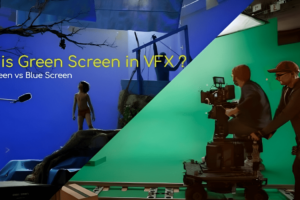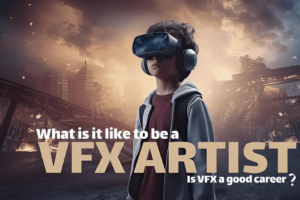
The Evolution of VFX in Cinema
Introduction
Since the beginning of cinema, the film business has continuously relied on some form of visual effects. Whether it was the artificial blood in the Battle of the Bulge (1965) or Claude’s stunning performance in The Invisible Man (1933). It should come as no surprise that the number of special effects used in movies has been rising over time. Special effects produce an amazing visual feast and things that aren’t real in our reality. The evolution of visual effects (VFX) in Cinema during a century-long journey is an amazing exploration. The early silent films would demonstrate the rudimentary visual effects, while the CGI (Computer Generated Imagery) is the crowning feature of the blockbusters of today. Here’s an overview of some key milestones in the evolution of visual effects (VFX):
Silent Era (1890’s – 1920’s)
Green screens, CGI, and animatronics are not as old as special effects in movies. Filmmakers were coming up with inventive ways to get amazing shots on camera even before they figured out how to include sound into movies. Between 1900 and 1906, filmmakers created numerous innovative techniques such as experimenting with stop motion, animation, inverted shots, painted backdrops, simple film tricks, double exposure effects, and reverse motion. In addition to these effects, they refined cinema techniques by adding narrative structures, point of view, film continuity, and intricate chase scenes.
The early years of cinema saw filmmakers experimenting with various visual effects, including stop-motion animation, matte paintings, and practical effects. Miniatures were the most common form of practical effects, with forced perspective also being utilized. These experiments ultimately led to the origin of digital filmmaking. French film maker, Georges Méliès was one of the great science fiction writer and he used practical magic tricks and other special effect techniques in “A Trip To The Moon” (1902) that astonished the audience with never-seen-before camera tricks and special effects.
Golden Age of Hollywood (1930’s – 1950’s)
The advent of sound in the film did not change the evolutionary abilities of visual effects techniques. Nevertheless, it was this time when the filmmakers started experimenting with true backgrounds, such as rear projection or optical printing techniques.
Disney’s classics such as “Snow White and the Seven Dwarfs” (1937) are the first to have used elegantly developed feature animation techniques.
The Rise of Special Effects (1960’s – 1970’s)
The 1960’s and 1970’s saw the rise of special effects-driven films, such as “2001: Animation classics like “Planet of the Apes” (1968) and “Star Wars” (1977) that opened the eyes of the audience to the new possibilities of visual effects. The talented Douglas Trumbull, John Dykstra, and many other creative technicians achieved the demonstration of new approaches, such as motion control photography and miniature sets.
Another decade of improvements in effects was the 1970’s. During the early 1970’s industrial downturn, effects houses were negatively impacted, leading to the closure of many of them. It was not until 1977, with the release of the first Star Wars film, that things began to improve. The film Star Wars showcased a remarkable quantity of special effects, ranging from planets and spacecraft to aliens, marking a significant breakthrough in special effects technology. One of the most well-known visual effects companies in existence today, Industrial Light and Magic, was founded as a result of the movie.
In addition to being a masterpiece of visual effects, The Hindenburg, The Poseidon Adventure, and the horror classic The Exorcist from the 1970’s combined a variety of techniques, including matte paintings, which are still widely used in the visual effects industry today.
The Digital Revolution (1980’s – 1990’s)
The 1980’s were the birth of computer graphics in film, and the 1990’s were its explosion. Many VFX artists credit a few pivotal feature films as the reason they entered the field, and you can definitely think of a few of them. For instance, Jurassic Park. With the help of a group of specialists, Spielberg blended computer graphics with animatronics to produce a number of amazing scenes that redefined the boundaries of computer graphics. The 1990’s saw a lot of additional advances in computer graphics, one of which was the first use of motion capture technology for a brief x-ray scene in the movie Total Recall.
The 1980’s were a big branding of the digital revolution in visual effects as movies like “Tron” (1982) were the first to introduce computer-generated imagery (CGI) to the general public. Industrial Light & Magic (ILM) played a significant role in advancing digital effects technology, with milestones like “The Abyss” (1989) and Terminator 2: The singular creation of his of a popcorn movie, the best known being “Terminator 2: Judgment Day” (1991).
The 1993 movie “Jurassic Park” grabbed the audience’s attention with its CGI and special effects, showcasing animatronic dinosaurs for the first time. The film set a new standard for all cinema visual effects.
CGI Dominance (2000’s – Present)
The 2000’s era was a renaissance of CGI in commercial films after the development of rendering chip technology had facilitated the realistic effects of visualizations. Films, such as “Avatar” (2009) and “Lord of the Rings” trilogy (2001-2003), were the ones that set the technical trend by coming up with the CGI that were amazingly accurate with the digital representations of the real world and the characters both of which where deep and immersive. Recent years have seen a convergence of practical effects and CGI, with filmmakers using a blend of techniques to achieve stunning visuals in films like “Mad Max: Fury Road” and “Interstellar” (2015 and 2014).
Improved Quality of Work
The quality of visual effects keeps rising as we get closer to where they are now. With movies like The Lord of the Rings, they took motion capture technology to a whole new level with the character of Gollum. Being among the first movies to make extensive use of motion capture, they were able to transfer an actor’s performance onto a fully computer-generated character.
Naturally, this led to numerous additional films, such as The Polar Express, honing this method even more. With its award-winning visual effects on Davy Jones, Pirates of the Caribbean: Dead Man’s Chest further advanced motion capture. Facial motion capture technology was used to enhance the actor’s performance and capture natural motions. In Cameron’s Avatar, advances in facial and body motion capture pushed this technique even further.
Even if we’re experiencing a boom of visual fest in movies, we can undoubtedly say that movies like Star wars, Invisible Man etc paved the way for brand new visually exquisite techniques to the world cinema.The creators amazingly made mind blowing visual effects within the covered context, which far surpass the assumed pretext of hailed Pre-modern technologies. If the silent era was full of camera tricks and set techniques, today it’s all about applying VFX in required shots.



